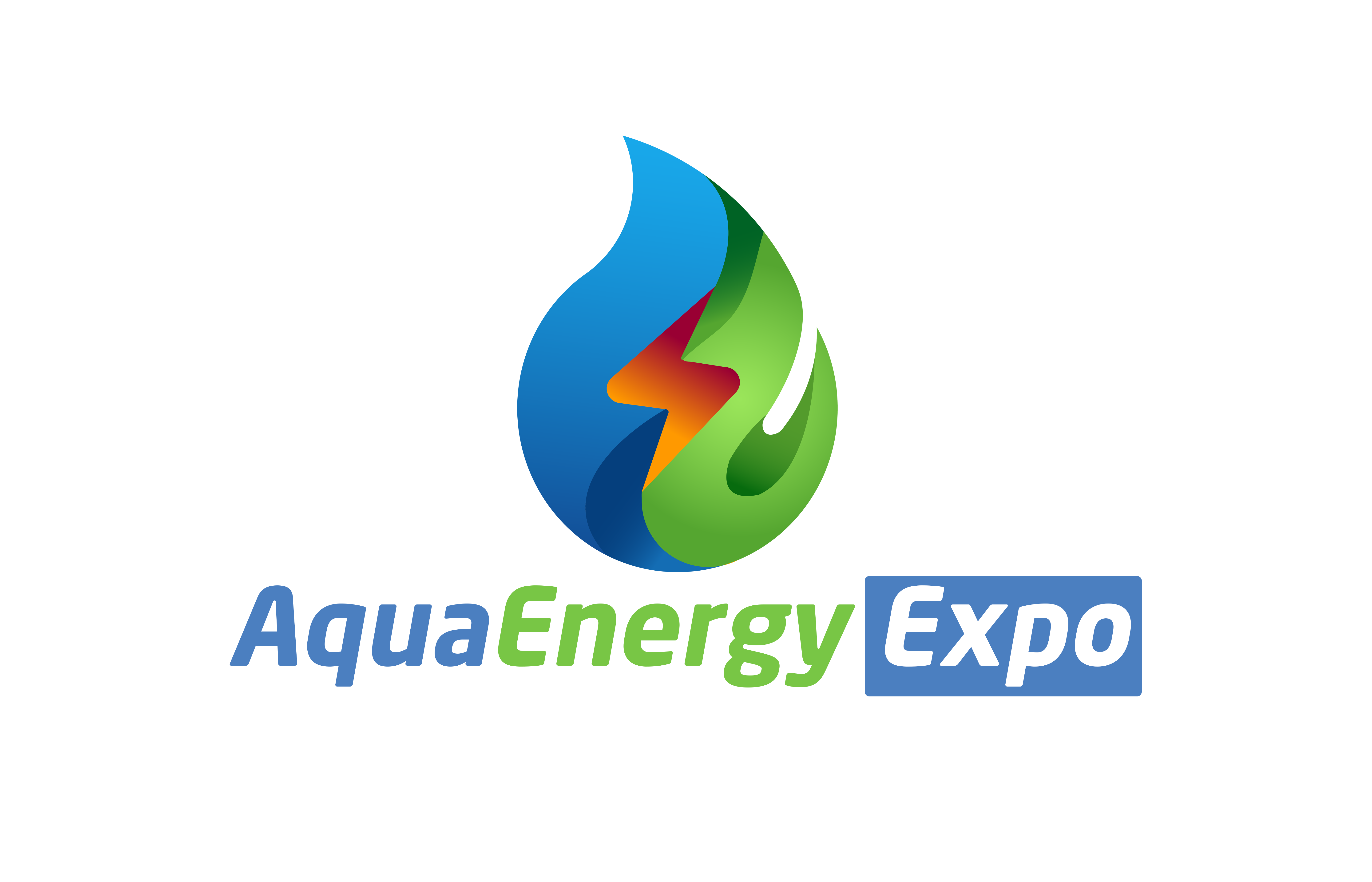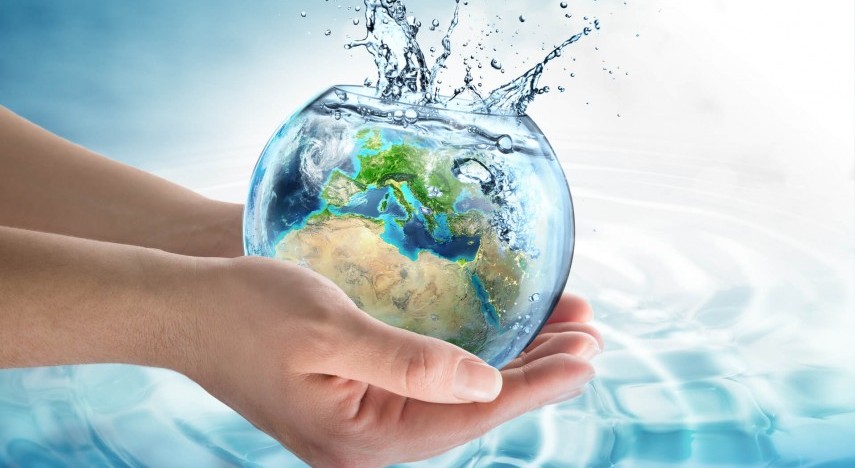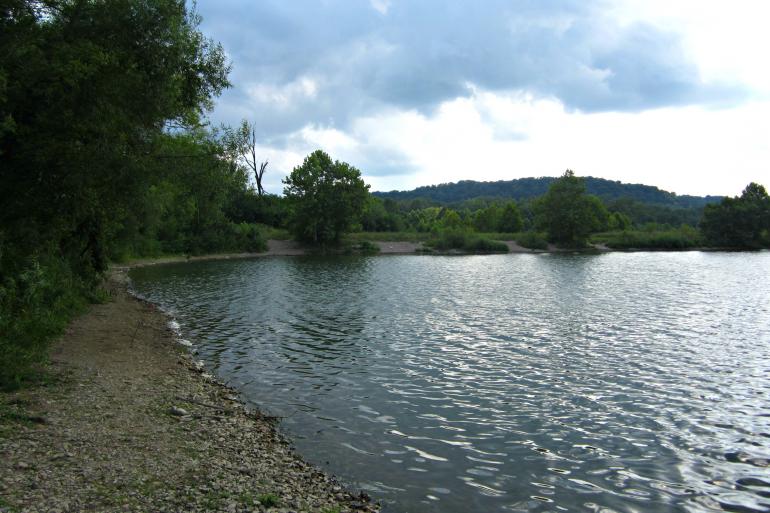Ultraviolet (UV) light has become an established water treatment disinfection technology due to its extremely effective ability to kill or inactivate many species of disease-causing microorganisms. Ultraviolet light disinfection is effective on bacteria, protozoan parasites (e.g. Giardia, Cryptosporidium), and can also be effective for most viruses, providing sufficiently high UV dosage rates are used.
?What is UV disinfection
Disinfection is the reduction of harmful (=pathogenic) microorganisms to a concentration which is not harmful anymore. Typical UV disinfection systems involve the flow of water through a vessel containing UV lamps . As the water passes through this vessel, microorganisms are exposed to intense ultraviolet light energy which causes damage to genetic molecules (i.e. nucleic acids: DNA or RNA) needed for reproductive functions. This damage prevents the microorganism from multiplying or replicating in a human or animal host. Because the microorganism cannot multiply, no infection can occur. Disinfection of water is achieved when UV light causes microbial inactivation

Examples of the most dangerous pathogens in drinking and waste water
- BACTERIA: (Coliforms, Salmonella, Vibrio, Legionella, and E.coli)
- VIRUSES: (Hep A and Polio)
- PARASITES: (Cryptosporidia and Amoeba)
? How UV works

Ultraviolet (UV) light is energy within the electromagnetic spectrum that has shorter wavelengths than that which are visible to the human eye. UV light is a range of electromagnetic waves from 100 to 400 nanometers (between x-ray and visible light). The division of UV light is classified as Vacuum UV (100-200 nm), UV-C (200-280 nm), UV-B (280-315 nm) and UV-A (315-400 nm). The energy waves provided in the UV-C spectrum demonstrate the germicidal efficiencies that provide highly effective disinfection
NOTE: The violet visible light is not the UV light which disinfect the water, so this light is not indicator that the lamp is working well. Most of the manufacturers recommend to change the lamp every 9000 hours as there is several studies that the lamp performance reduces to 60% after 9000 hours
?How to properly SIZE a UV system
Determining the proper capacity of a UV system is based on three variables: flow rate, dose required, and UV transmittance of the water.Flow rate: you should know the maximum flow rate if there is no system give you the required flow rate, all the manufacturers recommend over sizing (choose the system which has higher flow rate)
- UV dose: Select an appropriate level of disinfection for the type of source water being treated. there are some pathogens require special dose and there is standards for UV dose like US public health (16 mJ/cm2) and NSF (40 mJ/cm2)
- Water Quality: UVT is an indicator of water quality, designating the percentage of light which passes a given distance through water. Source water with high concentrations of minerals (ie. Iron, Calcium, Magnesium, Manganese, etc) will contribute to scale build-up on the UV lamp
Options: There are some options you may select with your UV system after selecting the right system like Tri – Clamp, UV intensity monitor and hot water sanitization options
NOTE: There are different application for UV systems rather than disinfection which are TOC reduction, Ozone destruction and chlorine destruction
Eng. Mohamed Mokhlef



